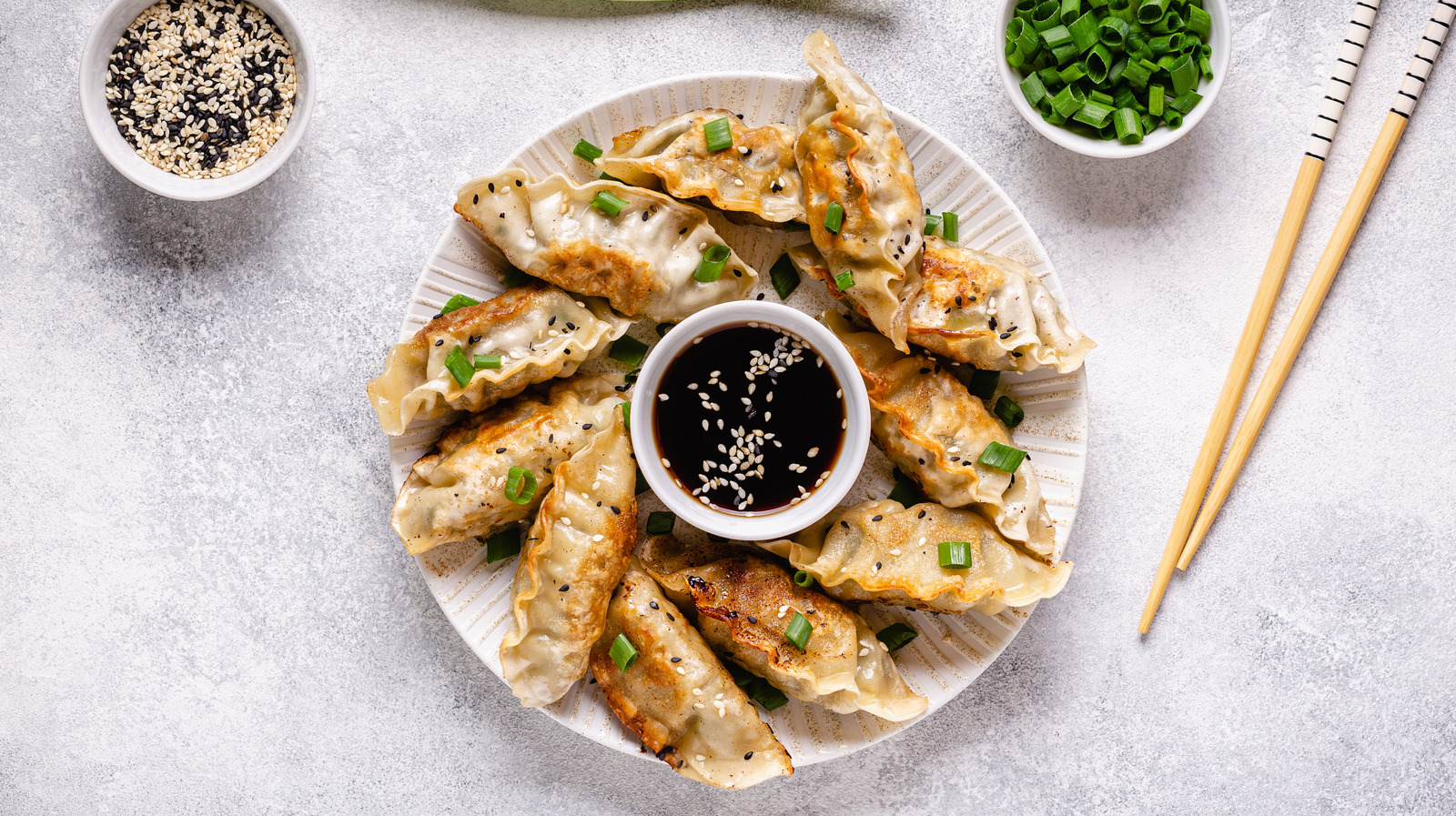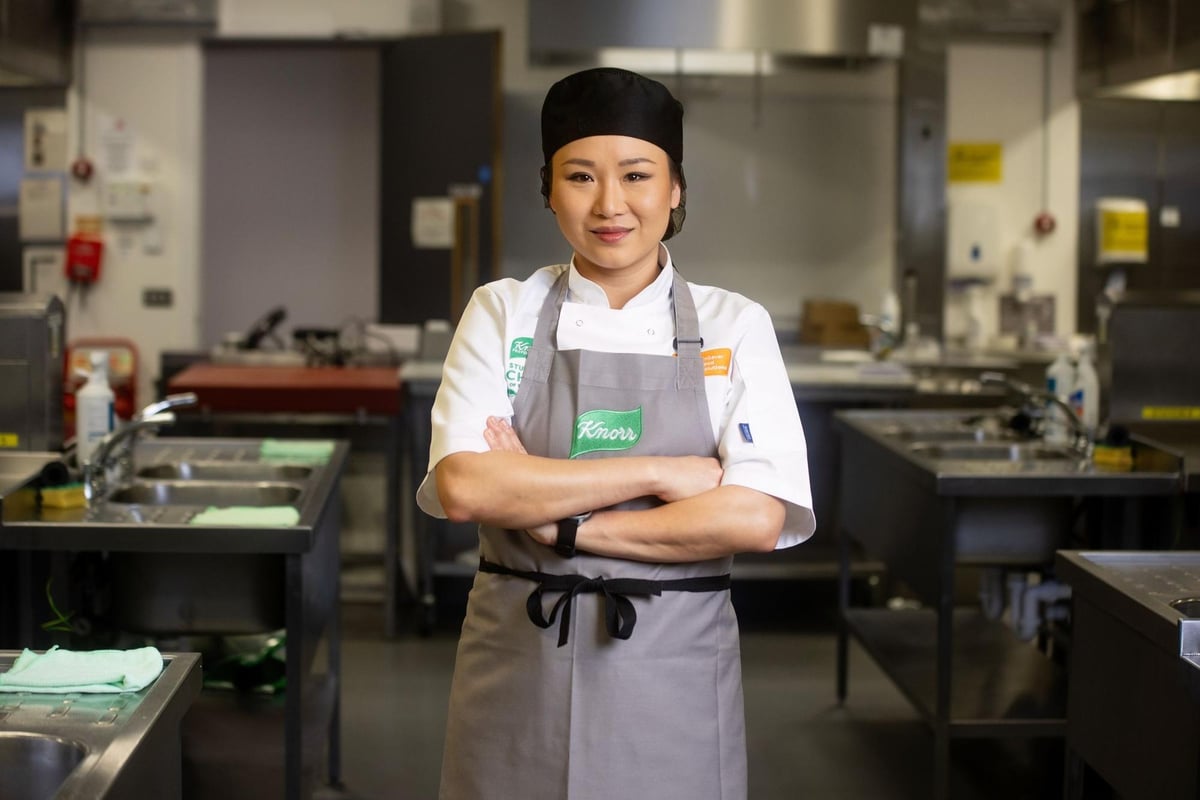
If you're a fan of Japanese cuisine, then you may be interested in trying your hand at making homemade gyoza — the pan-fried dumplings that are one of the top five essential Japanese dishes to know . However, if your homemade gyoza aren't turning out as delicious as what you order at your favorite Japanese restaurant, then it may be because you're making a common mistake: Incorrectly sealing the dumplings. To find out more about why this mistake is so detrimental — and how to fix it — Daily Meal spoke with an expert: Masaki Nishioka, the head master chef at ShoMon in Seattle.
Masaki-san says, "The most common mistake is not sealing the dumplings properly. Gaps allow water to seep in during steaming, causing the filling to break apart and the wrappers to become soggy." Of course, after spending time and energy making homemade gyoza, the last thing we want is for them to fall apart before we can take a bite.

Luckily, this problem is preventable. How to prevent gaps in the seal when making gyoza Masaki Nishioka has a couple important tips to keep in mind to help you prevent gaps in the gyoza seal. Masaki-san explains, "Apply a very small amount of water to the dumpling edges and press firmly to seal, ensuring no air pockets remain.
" He also adds, "Overfilling can also cause sealing issues, so use an appropriate amount of filling." So, even if you want a hefty gyoza with lots of filling, be sure to practice restraint — just make more gyoza, not bigger dumplings. Additionally, don't screw up the homemade gyoza by using the wrong wrappers — use gyoza wrappers, specifically, for the best results.
When compared to wonton wrappers, gyoza wrappers are thicker and less delicate, so they will be able to properly hold the filling without issue — as long as you don't over-stuff them. Other tips for making restaurant-quality gyoza at home Masaki Nishioka has more tips to keep in mind to ensure that your homemade gyoza are restaurant quality: Make sure the filling is balanced and stick to a two-step cooking method. Masaki-san says, "I prefer a 60% pork to 40% vegetable ratio.
For vegetables like cabbage, sprinkle an appropriate amount of salt to remove excess moisture." If you don't draw out the moisture, the wrappers may get soggy, preventing you from achieving the crispy exterior that we want for gyoza. Of course, this suggested ratio doesn't apply if you want to make your gyoza vegetarian — such as our vegetable gyoza with orange ponzu sauce recipe.
Explaining the two-step method, Masaki-san says, "First, sear the bottoms until nice golden crust, then add water and steam the gyoza. Finally, remove the lid and re-sear the bottoms for extra crispiness." During this process, make sure to keep some space between each dumpling and to serve them immediately, rather than letting them sit in the hot pan, to prevent overcooking from residual heat.
Serve with fish sauce or a soy-based dipping sauce and enjoy!.















